Visiting Tokyo but you need a break from the big city? A visit to Nokogiriyama is the perfect way to get out of the smog and crowds and into the mountains for some fresh air and maybe even a little Japanese culture!
Living among the other 45,000,000 people on Japan’s Kanto Plain, sometimes we just get a hankering to get out and hike in the mountains and reconnect with nature.
There are a few options around us and luckily we never have to travel more than an hour or two to feel like we’ve escaped the city. On a recent outing, we managed to combined two things we love most, taking a ferry ride and going for a hike in the mountains.
In this article, you’ll learn four things about Mount Nokogiri on the Boso Peninsula of Japan:
- Day Trip to Mount Nokogiri
- Short History of Nokogiriyama
- Nokogiri Ropeway
- How to Get There from Tokyo

A Day Trip to Mount Nokogiri
Our day started early enough, once we realized the heavy skies from the past few days had cleared we knew we needed to get outside. A day trip from Tokyo was just the ticket.
Japan was just starting to show signs of spring, and the chance to catch some early blossoms was a hope but not an expectation. We did a quick check to find out when the ferry service across the bay out of Kurihama started up and hit the road.
The apartment we live in Kamakura is near to the expressway so it was only a forty minute drive to the ferry port. Driving into the ferry terminal it was pretty obvious the next boat was getting ready to leave so I ran into the terminal, bought our tickets and then drove right on to the ship.
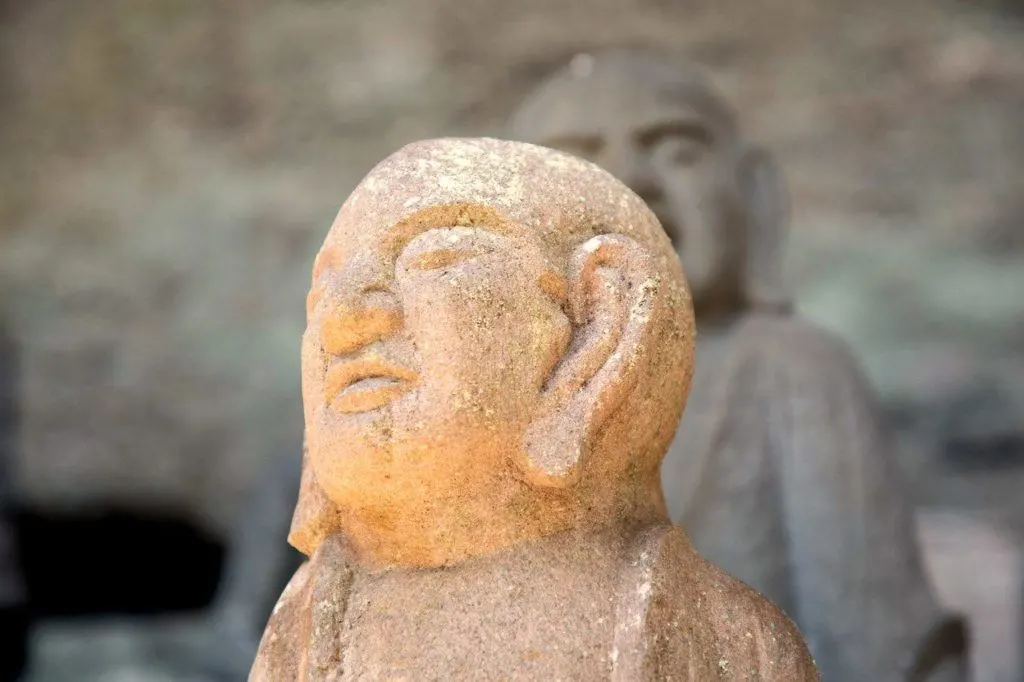
It was a beautiful morning so we sat outside at the back of the boat watching other passengers toss crackers up into the air for the sea eagles to catch. There were quite a few of the beautiful creatures swooping in and snatching the treats right out of the air with their sharp talons.
In other parts of Japan, I’ve heard of these birds trying to take food out of people’s hands but these eagles kept their distance and put on an amazing show for us.
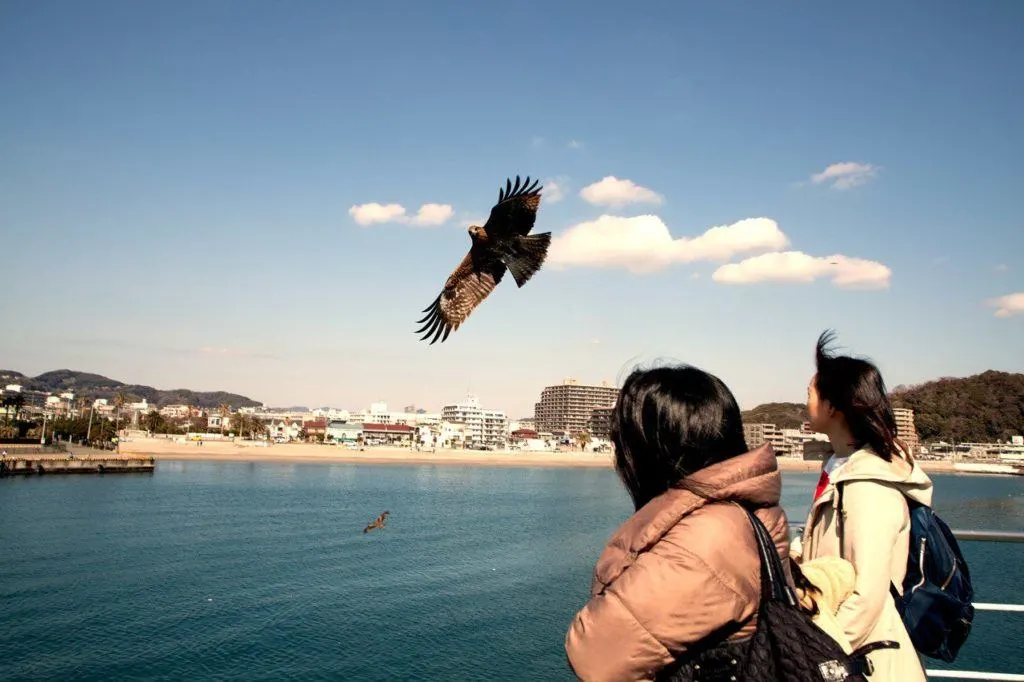
The crossing seemed to be much faster than the actual forty minutes and soon we were back in the car and driving off the ship back onto solid ground. Leaving the ferry terminal in Kanaya we quickly realized we weren’t alone in wanting to get out of the city and into the mountains.
If you enjoy unique things you can only do in Japan, check out this podcast!
At the Nokogiri Ropeway we just missed a parking spot at the lower lot and got diverted to the overflow parking a little way up the hill. Still, we felt energized to be outside and didn’t have to wait long to climb aboard the gondola and for the short trip up the mountain.
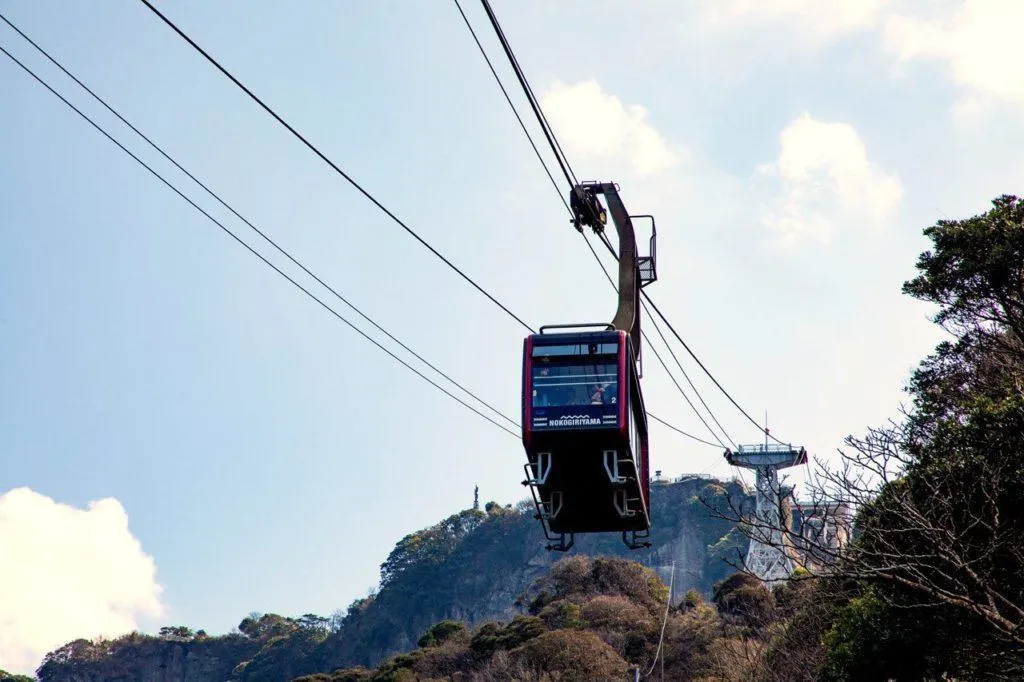
The trails around Nokogiriyama are mostly paved or hard packed with stairs for the climbing sections. Pretty manageable for most visitors but there are some steep areas that will be challenging for those who are out of shape or have bad knees.
There are several points of interest along the route with our favorites being the towering Hyakushaku Kannon, the big stone Buddha, and the smaller 1500 Buddha. All together we spent about two hours hiking along the trails, up and down the mountain side, through the trees and then out onto the ridge line.
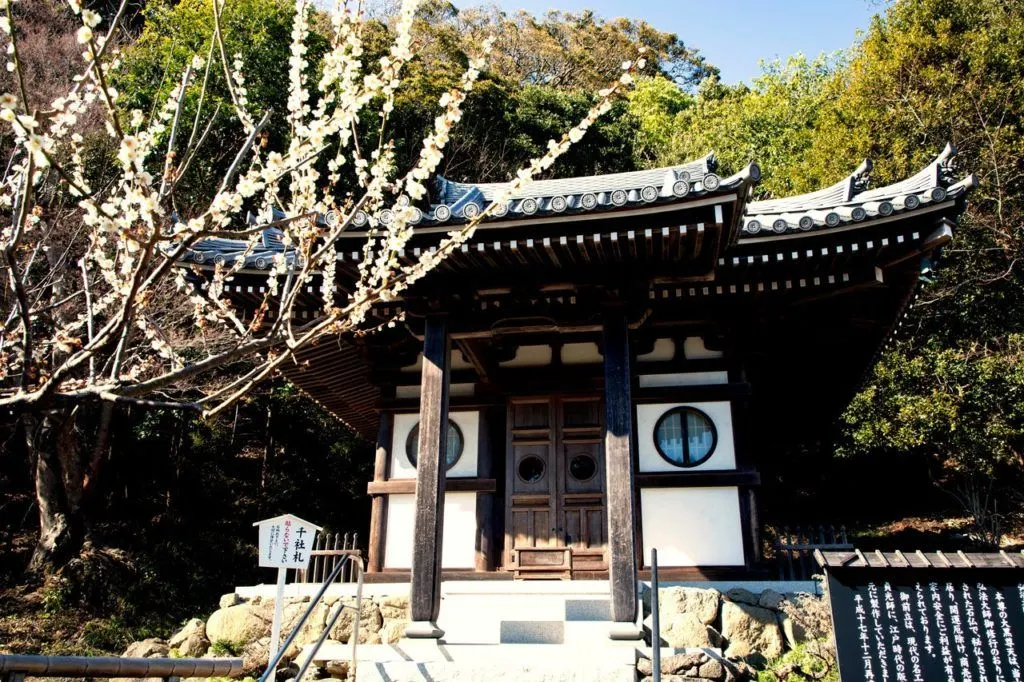
A Short History of Nokogiriyama
Mount Nokogiriyama has been a place of worship and a summer retreat for hundreds of years. According to the information pamphlet we got at the entrance, the first record of a Buddhist temple on the mountain dates back over 1300 years making this one of the Japan’s oldest places of worship.
There has been some damage over the years, the worst occurring during an anti-buddhist movement in the late 1800s. Most, if not all, of the rock carvings, called rakan, were beheaded. Some have been restored but many are left with a simple carved stone in place of the head.
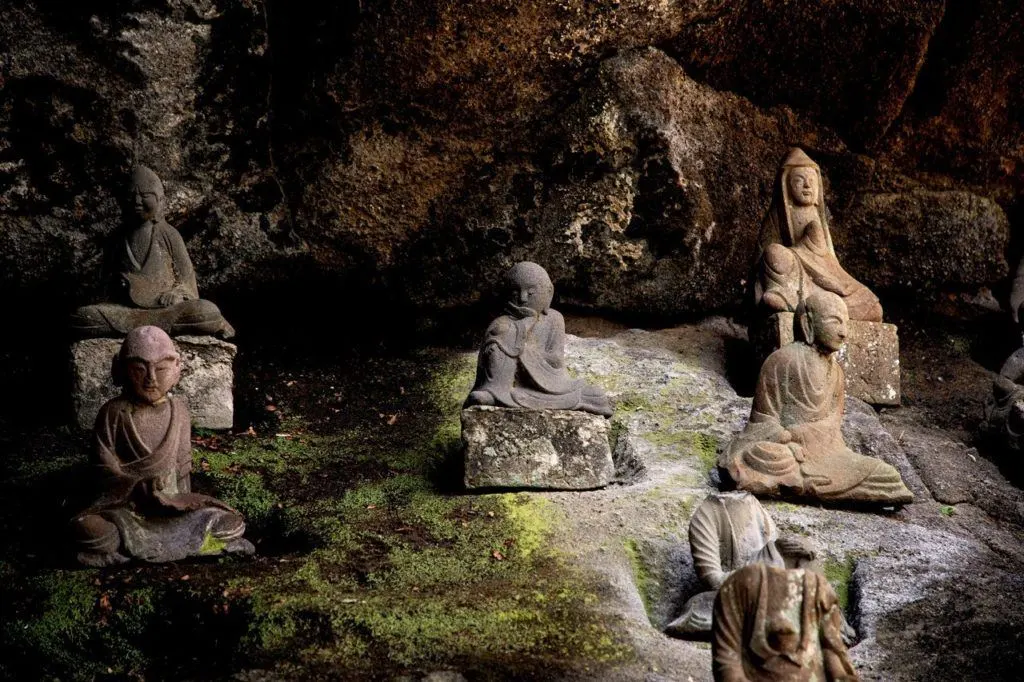
We were pleasantly surprised to find several plum trees flowering in the garden around the big stone Buddha. The Ishidaibutsu is the largest carved stone Buddha in Asia and is quite an impressive sight.
There were a few picnic tables so we a claimed a spot to take a break and and rest up before climbing back to the ropeway. It had turned out to be a beautiful day in the mountains with spring beginning to show her face, we couldn’t ask for more!
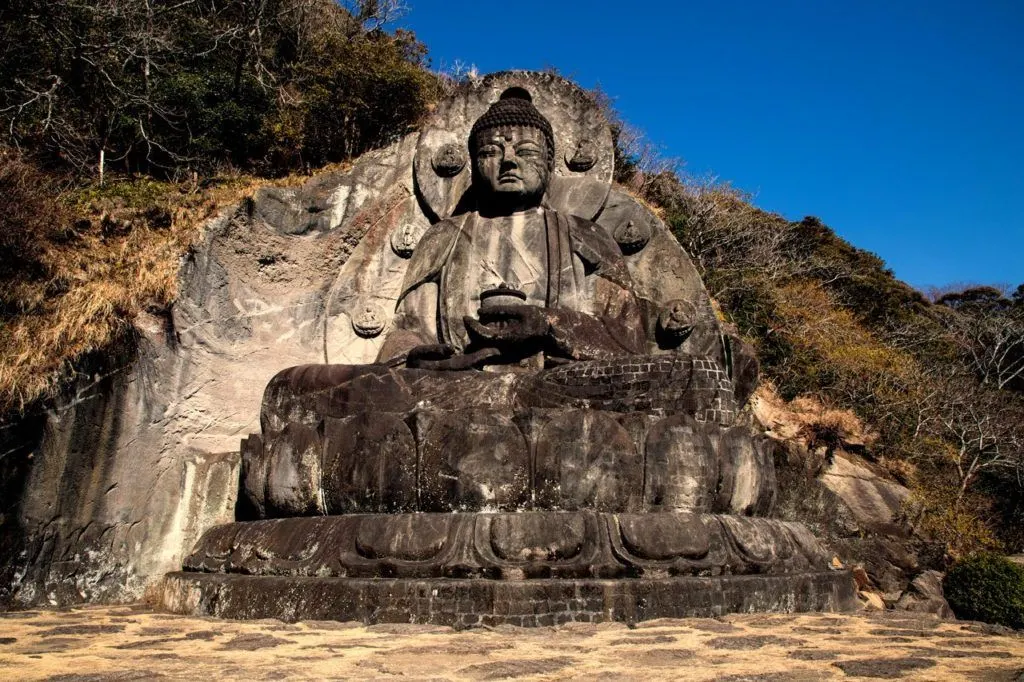
Nokogiriyama Ropeway
The most scenic route to the top of Mount Nokogiri is definitely the 680 meter ropeway that climbs above the forest and to the jagged saw tooth mountain peaks. The gondola holds about 40 people and the attendants will fill it to capacity.
Cost: Current prices are 500/930 yen (oneway/roundtrip) for riders over 12 years old; children over 6 years are 250/450 yen; and under 6 is free.
The benefit of taking the ropeway up is starting the hike from the top and walking downhill at the beginning. Visitors can hike all the way down the mountain but expect to add about an hour and a half to the overall time and the trail doesn’t end back at the ropeway.
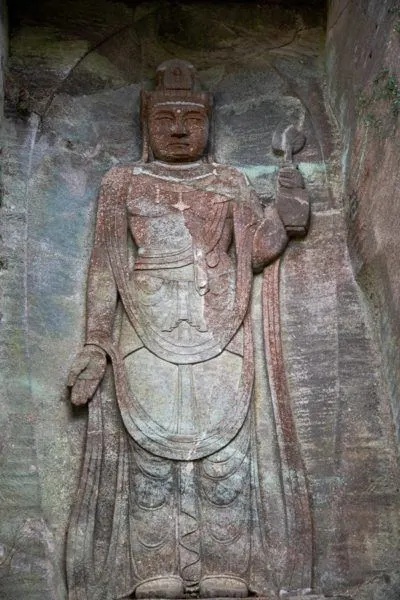
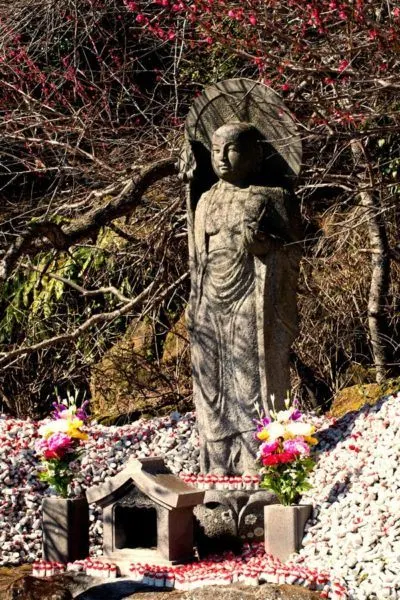
Getting From Tokyo to Nokogiriyama
There are a few options for travelers looking to escape the city pavement of Tokyo and hike the trails of Mount Nokogiri. We love the freedom and flexibility of driving ourselves but realize this may not be suitable for all travelers.
Luckily, Japan’s public transportation system is one of the best in the world and definitely has you covered. Our recommendation is to get to the ferry terminal in Kurihama, either by driving or train, leave your car in the parking lot there, and ride the ferry across the bay, because the ropeway is an easy walk from the terminal. It would only take about 10 minutes, and there is a pretty temple to visit on the way if you want.
Nokogiriyama Using Public Transportation
Take the JR Yokosuka train or the Keikyu Limited Express (Green Line) from Tokyo to Kurihama; be sure to get on a train going all the way to Kurihama to avoid unnecessary transfers. Then transfer to the number 7 or 8 bus outside the Keikyu Kurihama station and ride it to the ferry port.
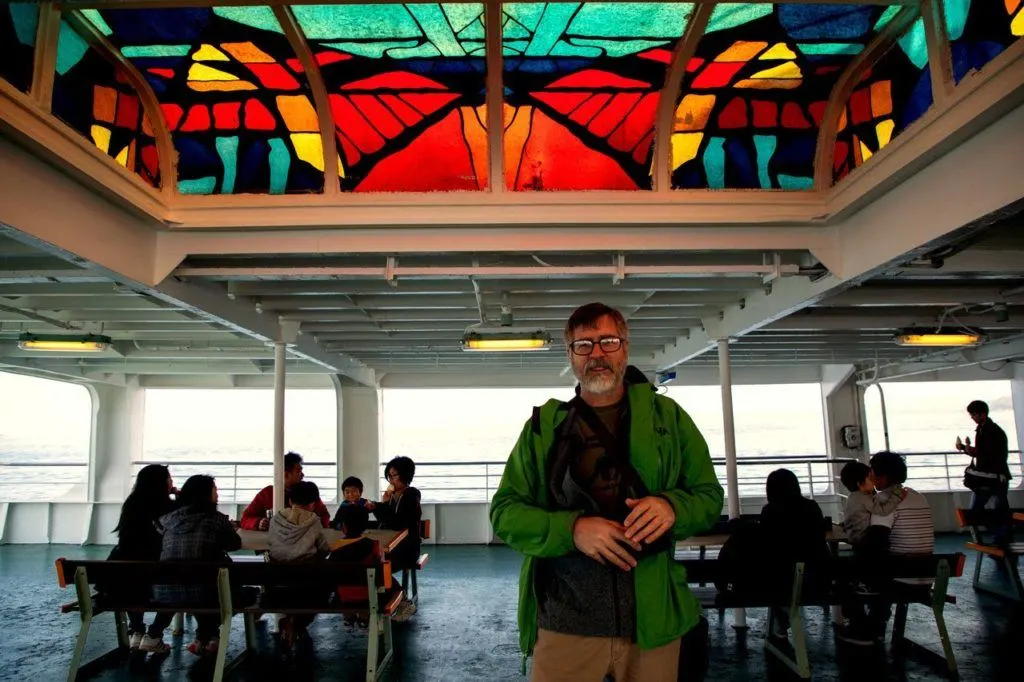
The Tokyo Bay Ferry company runs a regular service between Kurihama and Kanaya with departures starting at around 06:00 AM and then hourly in the morning and afternoon with the last ferry usually running at around 7:00 PM, but check the website for the current schedule (website is in Japanese so use Chrome’s translate).
Ride the short ferry ride across the bay and then walk to the Nokogiriyama Ropeway and ride up the mountain. At the end of the day, just reverse the route to get back home.
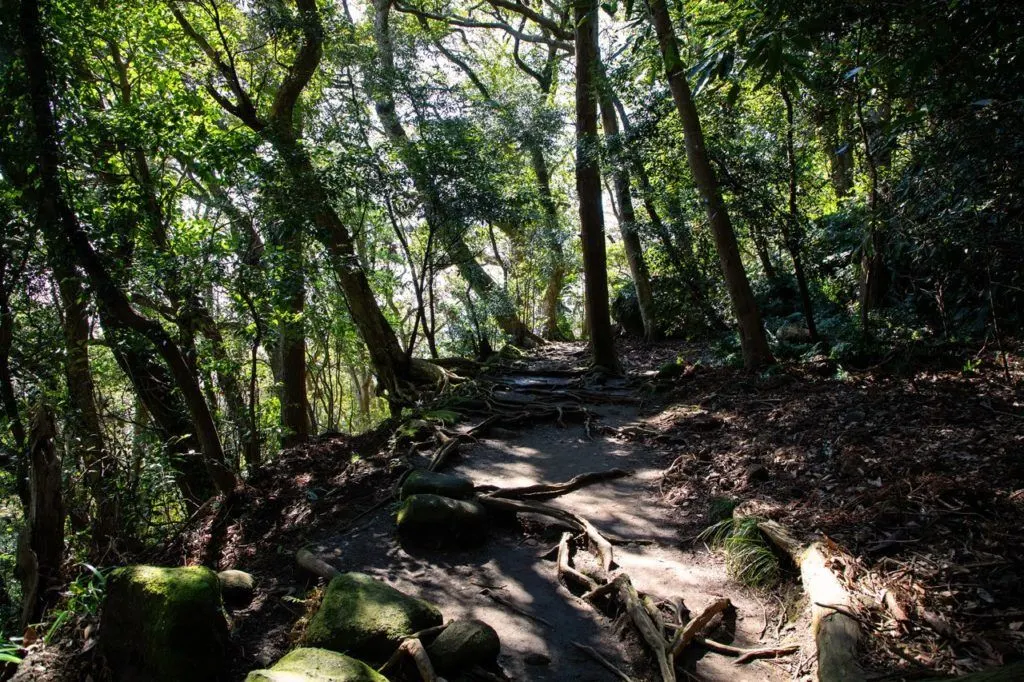
If the weather’s bad, or you just don’t want to take the ferry, don’t worry, there are other options. Japan’s super efficient public transportation system can whisk travelers out of Tokyo and across or around the bay, down to the Boso peninsula in about 2 hours. The easiest method is to take the JR Sobu line train to Chiba station and transfer to the JR Uchibo line.
Get off the train at the Hamakayana station and walk to the Nokogiriyama ropeway. Another option is to ride an express bus under and across the bay. Get on the JR Kanto bus to Tateyama at Tokyo station from the Yaesu South Exit, ride to Kazusa Minato station and transfer to the JR Uchido train to get the rest of the way to Hamakanaya.
Driving to Mount Nokogiri and the Boso Peninsula
Given the option, self-driving is a great way to get around Japan. This is especially true when traveling in groups of three or four. The drive out of Tokyo can be a bit challenging but any GPS or map app is more than up to the task.
In fact, I wouldn’t even try to navigate into, out of, or around Tokyo without my smartphone. Traffic is just too bad, and there are too many optional routes. Set your destination and then head out of the city. Once on the peninsula take the Tateyama expressway and get off at exit 21 for Futtsu Kanaya.
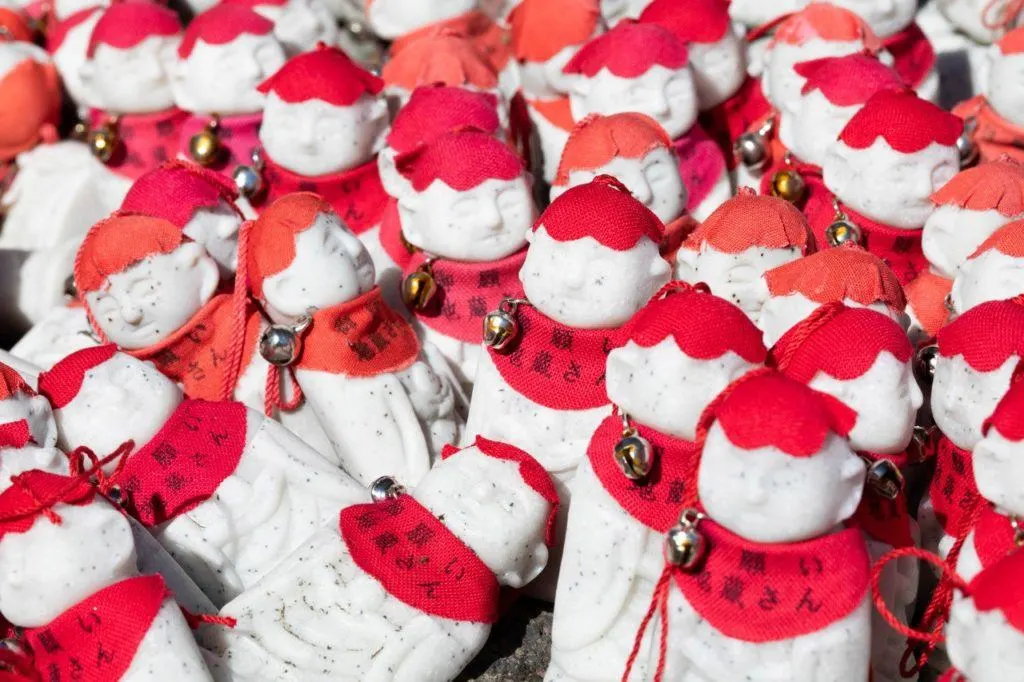
Take route 237 to route 127 going south out of Kanaya ferry port, the turn for the ropeway comes up first (about 700 meters past the ferry port) then after another 1.5 km you’ll find the turn for the toll road that goes up to the top of the mountain.
Here you’ll pay 1000 yen to drive and park at the top of the mountain. Continue another kilometer past the toll road down route 127, however, and you’ll find the (free) tourist expressway that leads up to the free parking at the base of the hiking trails near the big buddha.
Nokogiriyama Map
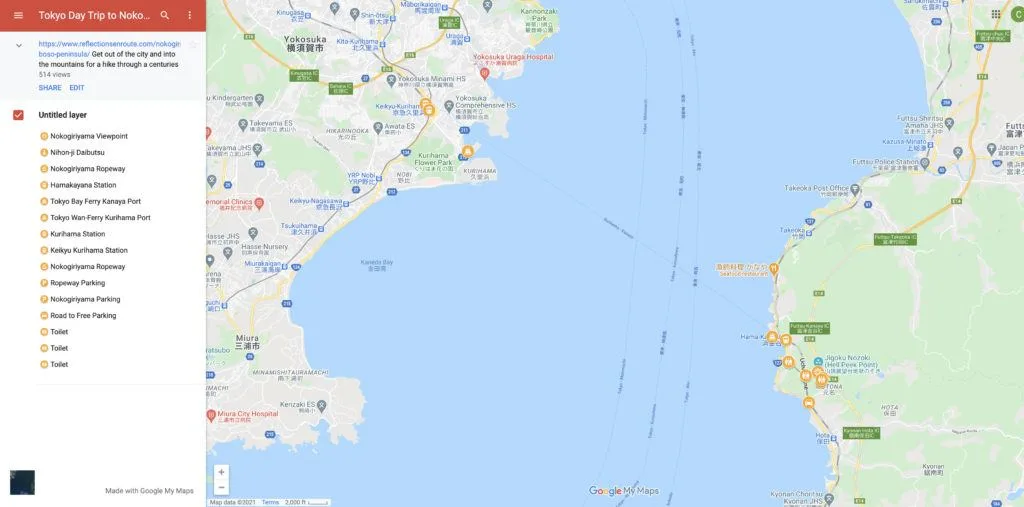
Nokogiri Ropeway has a pretty good map of the area to include the hiking trails and points of interest. Click here to download.
Conclusion
Our day trip across Tokyo Bay to the Boso Peninsula and climbing Mount Nokogiriyama was just about perfect. The ferry ride, with the flock of sea eagles flying alongside, will stay in my memory for a long time. Hiking the mountain trails and breathing in the fresh air was just what we needed after a long, gray winter.
Author Bio: Corinne Vail is a travel photographer, food lover, and a perpetual traveler who has been travel writing for over 14 years. For many years she lived overseas in Germany, Japan, Turkey, South Korea, and the Netherlands teaching the children of the US. military. She’s visited over 90 countries, and she’s not stopping anytime soon.
If You Enjoyed Nokogiriyama, Check Out These Japan Articles
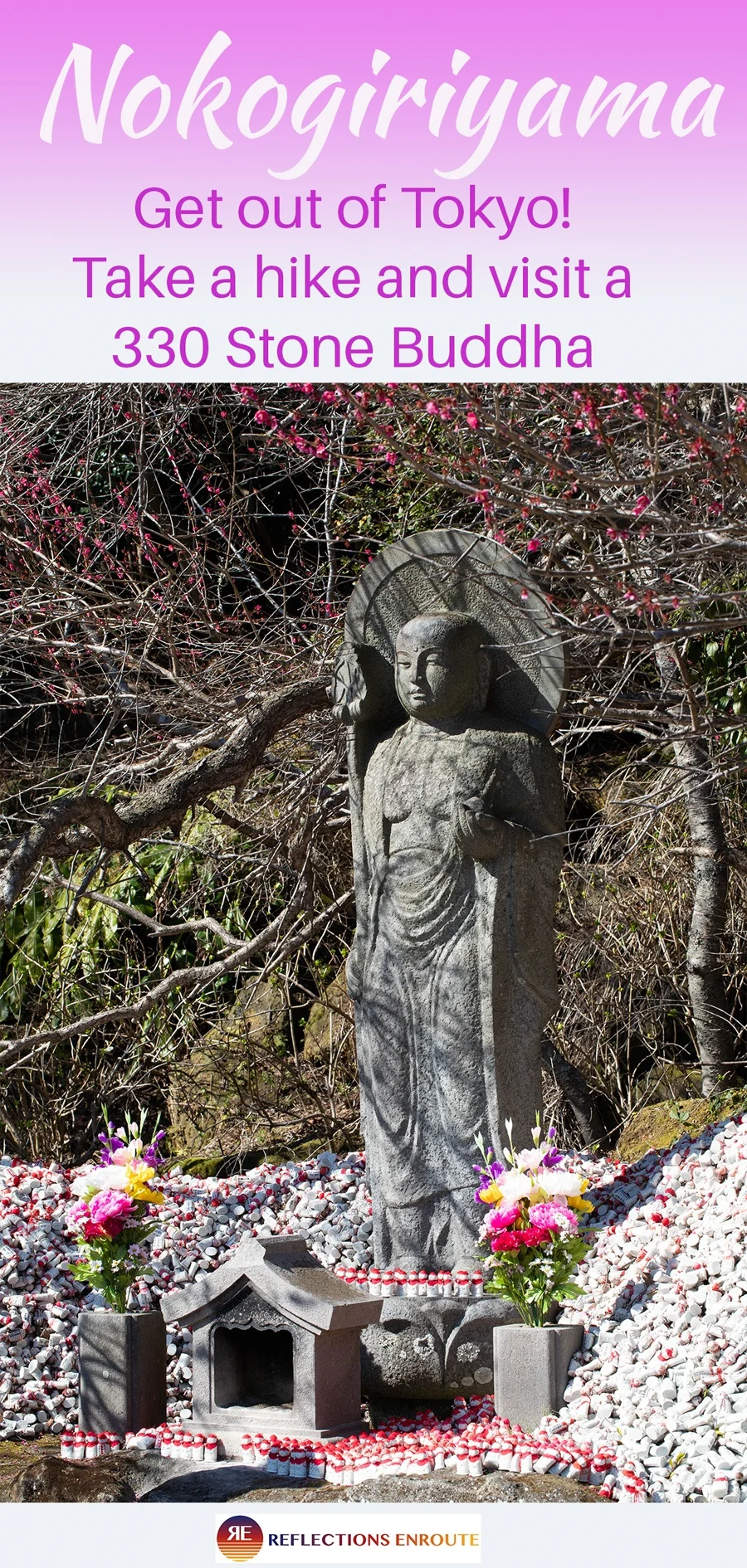

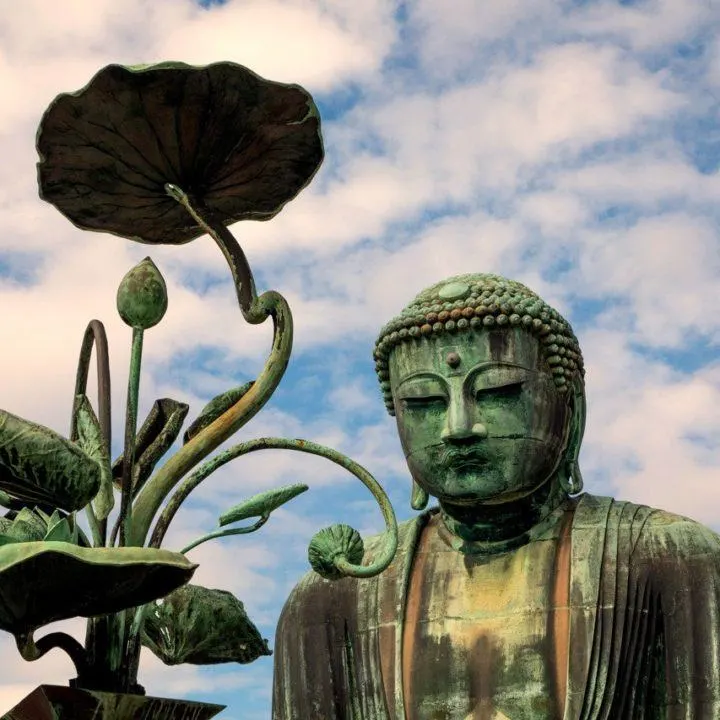
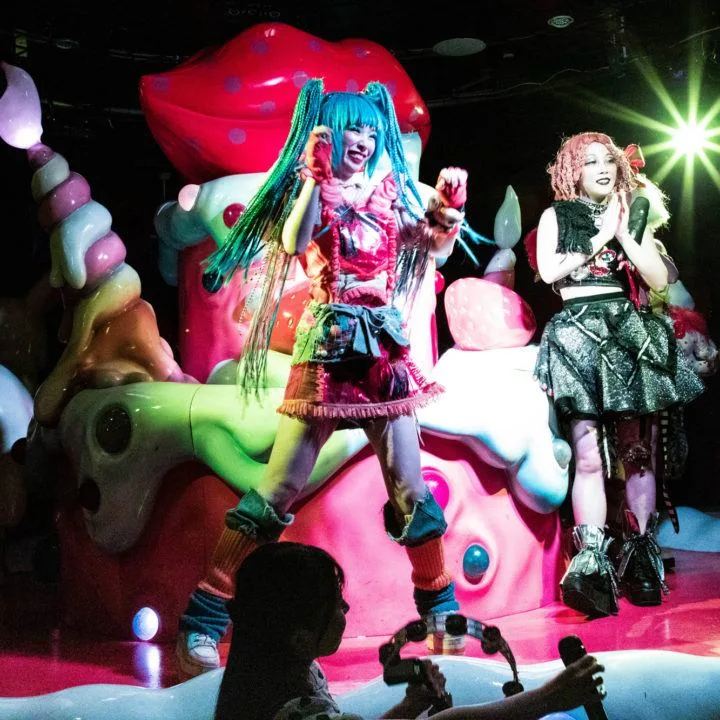
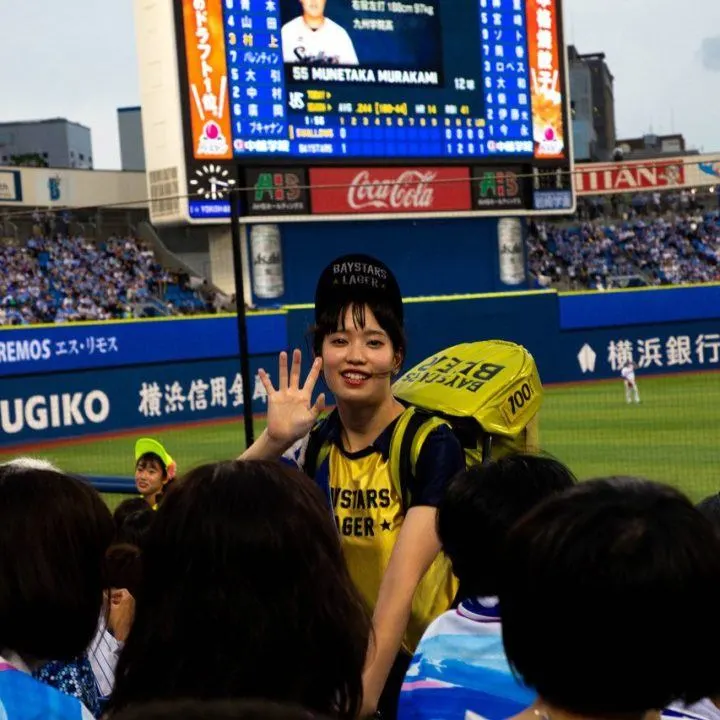
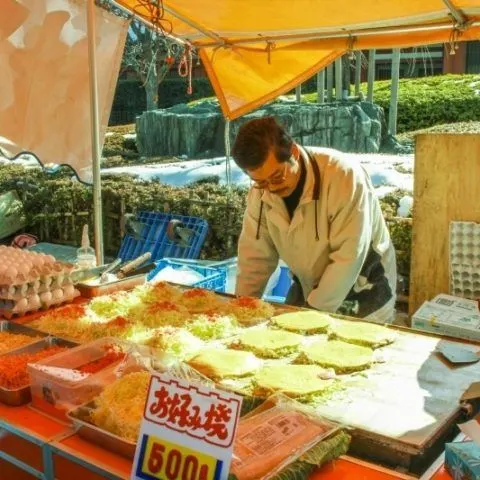
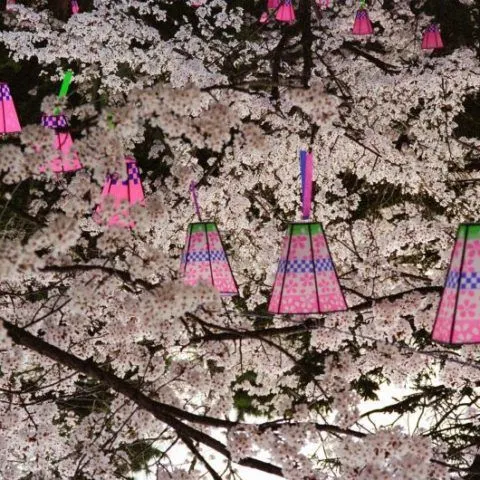
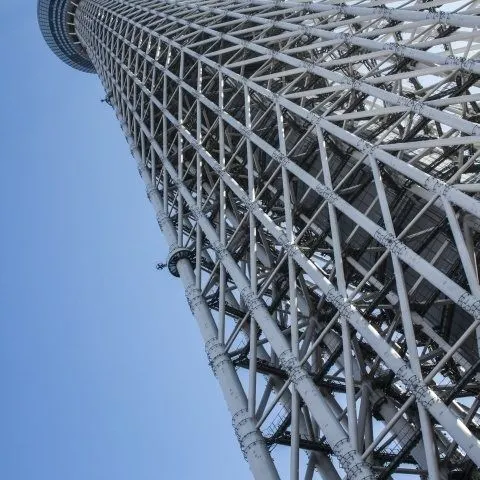
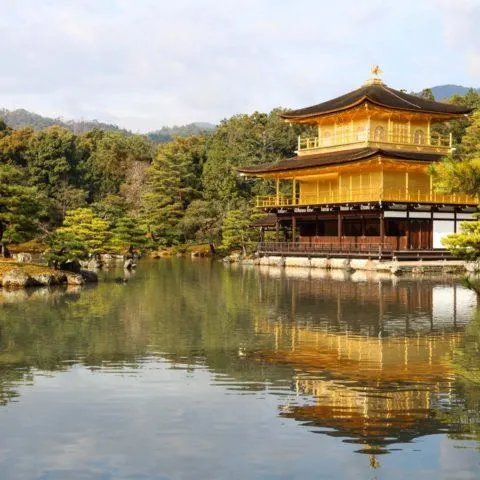

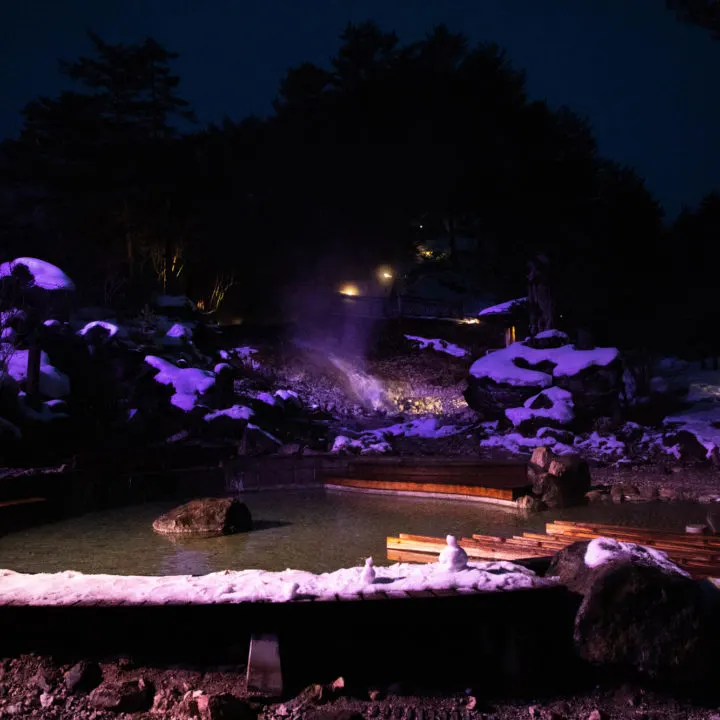
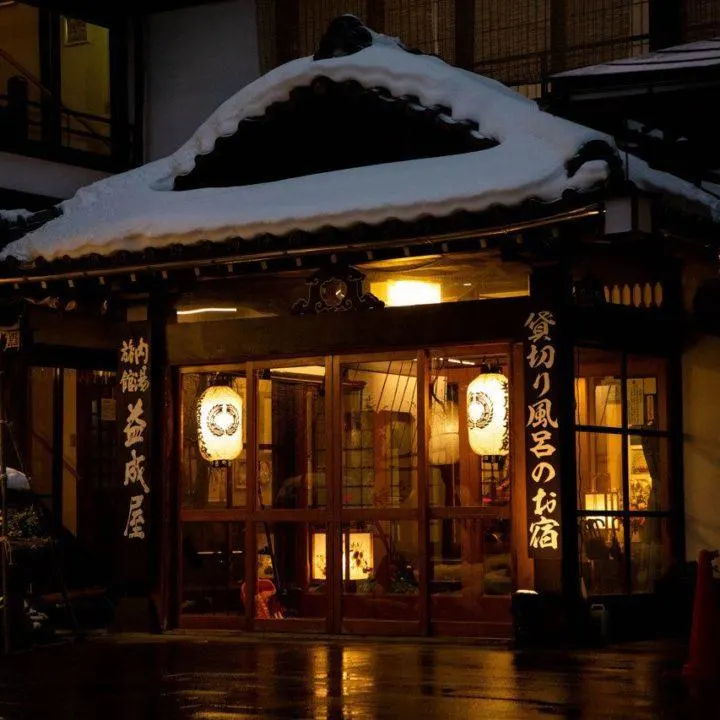
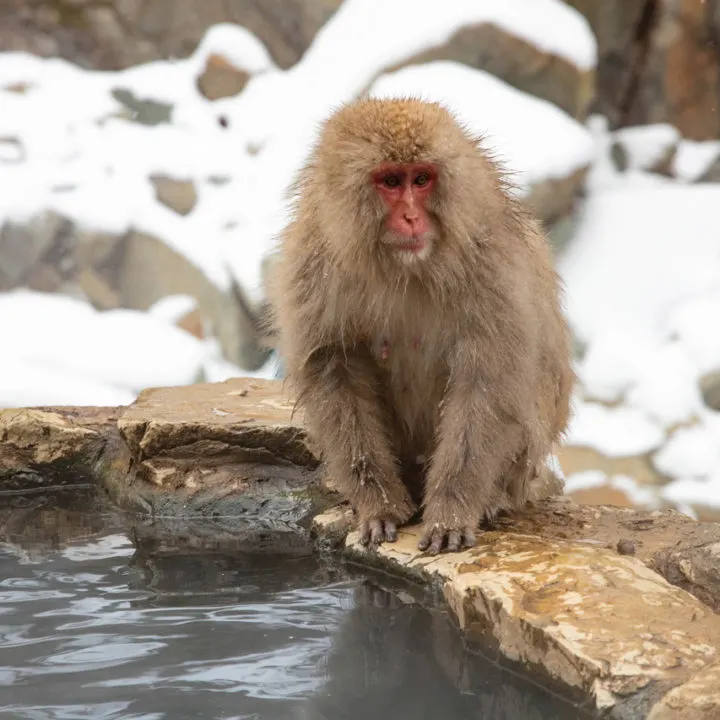
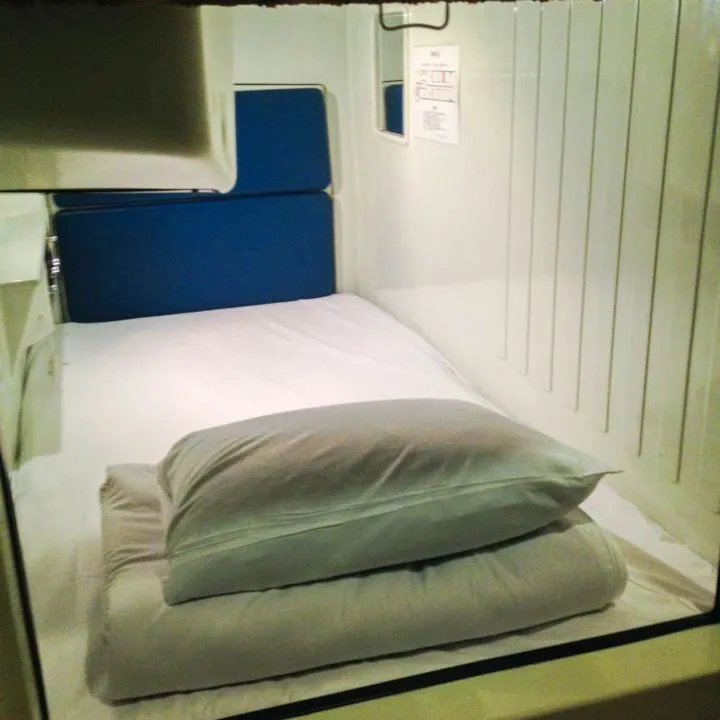
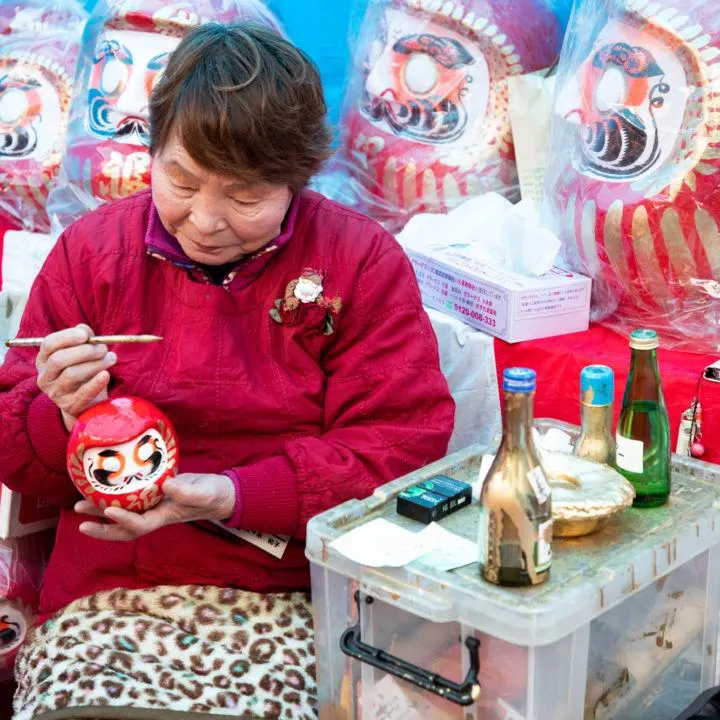
Renuka Walter
Thursday 11th of July 2019
Nokogiriyama sounds like a unique destination. So much to explore! Would love to visit it someday. Thanks for sharing :)
Kristin Henning
Sunday 30th of June 2019
The Boso Peninsula and Mount Nokogiriyama look like worthy destinations whether you are a resident doing a getaway or even for visitors who want to check out some alternative sights. Thanks!